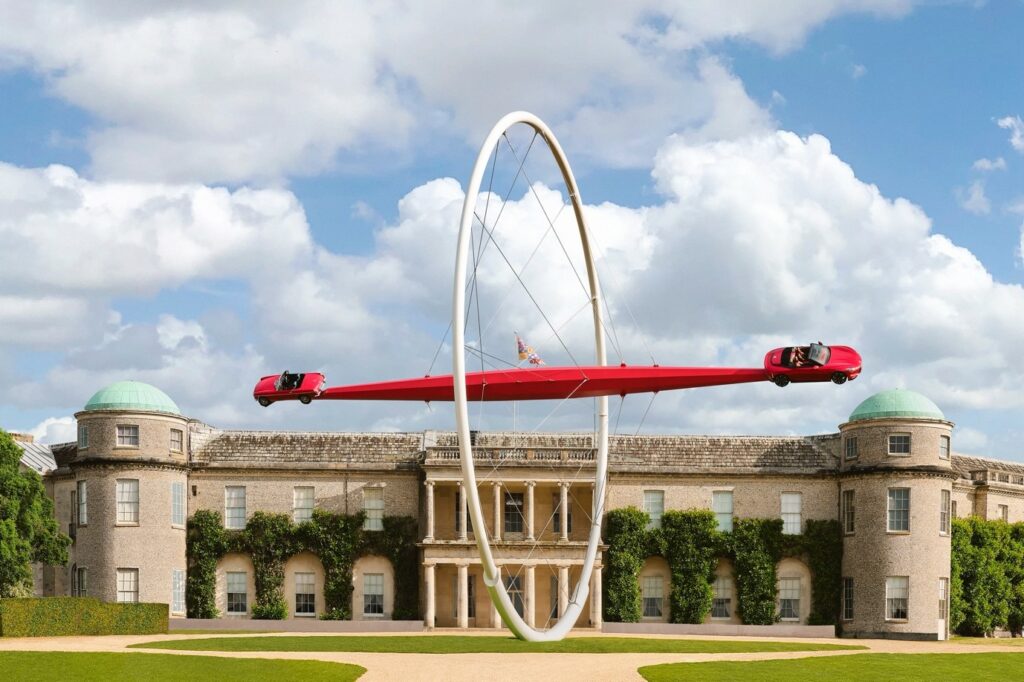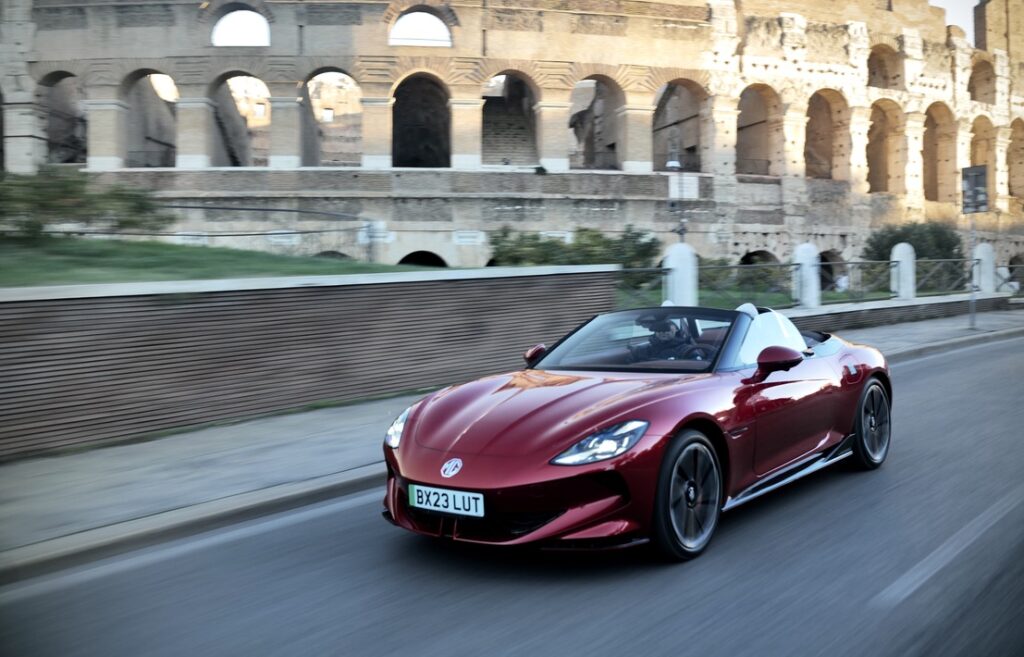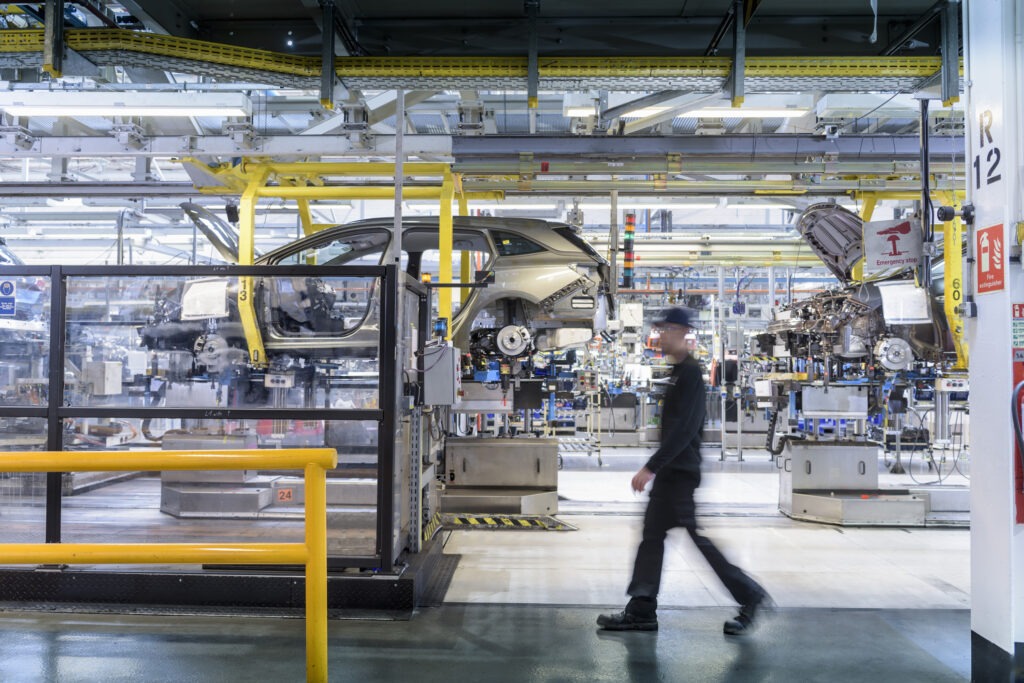Is the rise of modern classic cars a new market opportunity?
16 August 2024
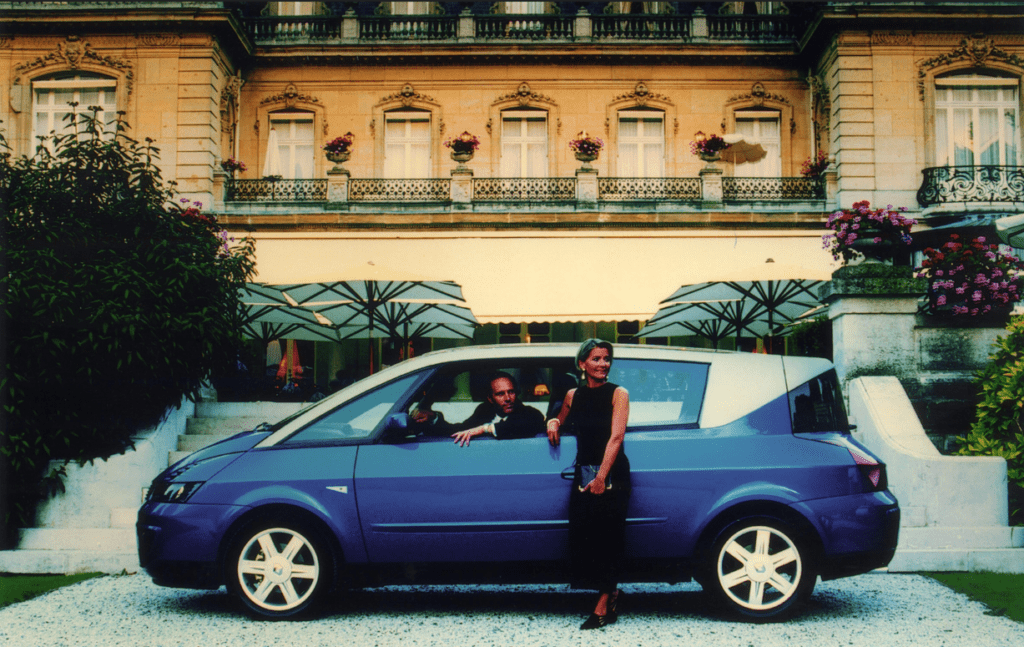
Modern classic cars present a unique and potentially lucrative opportunity within the used-car market. But what exactly constitutes a modern classic, what makes them so desirable, and do they have an electric future? Autovista Group web editor James Roberts investigates.
Until recently, identifying a classic car was a relatively simple process. A classic car combines age, desirability, and cultural impact. An E-Type Jaguar, Aston Martin DB5, or a Ferrari GTO, are obvious examples.
However, the line between a classic and a modern classic is blurring as newer models with iconic status emerge. Precise boundaries for this classification are obscured by factors such as an increasing appetite for nostalgia, as well as more varied automotive tastes.
The modern classic label can be applied across a wide age range. These vehicles could have been produced between the 1980s and 2000s, and even as recently as the early 2010s. The modern classic appeal is increasingly being recognised, and certain examples can possess serious cultural and monetary value.
Explosion in value
‘Over the last few years we have seen an explosion in the values of 1980s and 1990s hot hatches,’ stated Robert Redman, UK car editor, forecast values at Autovista Group.
‘These vehicles are still relatively young but represent an era when cars were fun to drive. Engines were becoming more powerful, and crucially had yet to suffer the added weight and intrusion of driver-assistance systems, extended crash boxes and other legislative impositions,’ he added.
As the 21st century moves well into its third decade, there is a growing appreciation for automotive heritage and a desire to connect with past eras. Driving factors include pop culture, plus a myriad of personal, societal and sporting influences, as well as the impact of social media influencers.
This sentiment has led to a re-evaluation of vehicles that were once considered ordinary, transforming them into coveted collectibles. Increasingly, these cars reflect owner personalities and artistic tastes.
Entry point for enthusiasts
A primary appeal of modern classics lies in their accessibility. Unlike traditional high-priced collectibles or rarely driven exotics, many modern classics offer a more affordable option. This promotes a wider collector base, driving market growth and creating a valuable entry point for new generations of car enthusiasts.
The lack of any strict definition for modern classic cars creates a dynamic market. Enthusiasts continuously re-evaluate cars based on changing tastes and historical significance. This fluidity also presents challenges for valuation and market analysis.
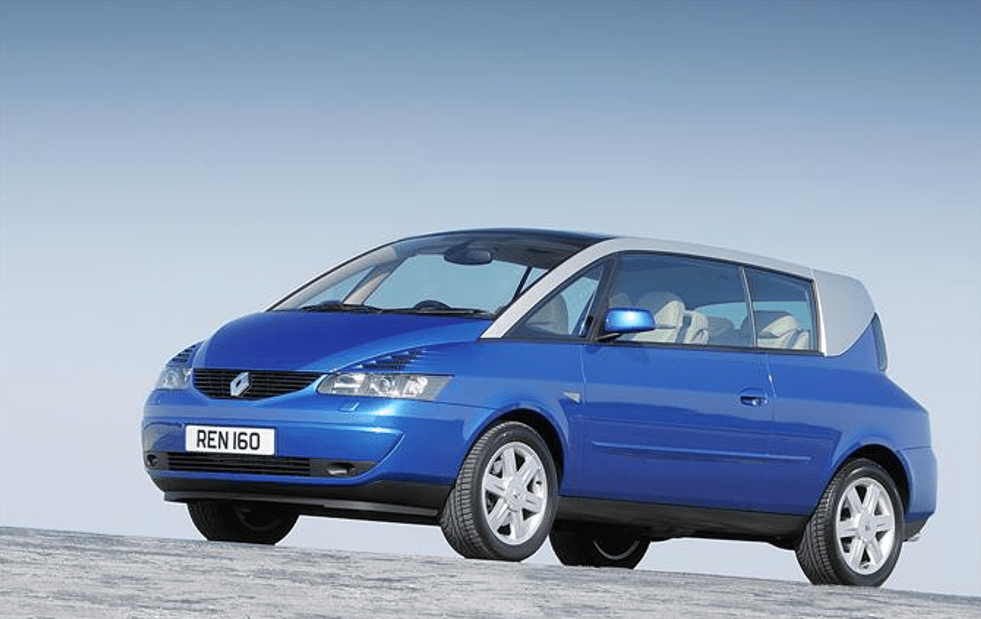
The Audi A2 (1999-2005), Renault Avantime (2001-2003), Ford Puma (1997-2002), and BMW 1 Series (2004-2013) are just a few models regularly mentioned in the modern classic bracket. Most of these are available at a reasonable price. However, some modern classics can demand higher prices. In the UK, for example, a well-maintained Lancia Delta Integrale Evoluzione rarely sells for under £50,000, Hagerty reported.
The automotive industry is seeing accelerating electrification and technology-centric development. Redman believes that this is creating increasing demand for a simpler and more stripped-down driving experience. As a result, ‘end of line’ models, equipped with an internal combustion-engine (ICE) are emerging as sought-after modern classics.
‘Looking at the current market, the inexorable shift to electric vehicles (EVs) and hybrids means that the cars that are likely to see similar demand in the future are those that represent the “last of,”’ Redman affirmed. ‘In other words, the last V8s, V12s, the last “proper” hot hatches, such as the Toyota GR Yaris, as well as final examples of iconic convertibles such as the Mazda MX-5.’
Eye of the beholder
When launched, many modern classics were considered ordinary. Some simply bypassed the wider market. However, growing appreciation for their historical significance and unique design features has led to a shift in perception. Such cars are now being meticulously restored or preserved by enthusiasts, solidifying their position as valuable collectibles.

‘It is not all about performance, design also plays a part,’ Redman offered. ‘The Audi A2 is a prime example of this, as it hails from a time when Audi’s design was, for many, at its peak. It is a well-designed and well-packaged car that would not be out of place in today’s market. The Renault Avantime is another. Not hugely successful in its day, but now recognised as a design classic.’
Today there are YouTube channels and social media accounts that shine a light on the world of modern classics. In-person events such as the UK-based Festival of the Unexceptional (FOTU) have grown considerably. Some now compete with more established classic car events.
Since 2014, FOTU has celebrated the ordinary cars of the past. Ones that once filled the UK’s roads, but are now becoming increasingly rare. Unlike typical car shows which feature exotic and expensive vehicles, this event highlights cars that were once considered commonplace.

Visitors to FOTU can expect to see vehicles ranging from Princess Diana’s Austin Metro to Reliant Robins, Fiat Stradas, Ford Cortinas and Vauxhall Chevettes. The winner of FOTU’s first concours was a Nissan Cherry Europe GTi, with the runner-up spot taken by a 1975 Austin Maxi.
Trending modern classics
In a similar vein to FOTU, Waymoe is a YouTube and Instagram-based platform which embodies the spirit of modern classic appreciation. This weekly spotcast sees channel founders Charlie Brigden and Kaisha Seymour sit next to a busy UK road, filming and discussing the myriad of vehicles that pass.
‘Five years ago I would not have looked twice at something like a Peugeot 106 before the COVID-19 pandemic,’ Charlie Brigden, co-founder of automotive media platform Waymoe, told Autovista24. ‘Whereas now I want to see a 106 because they are rare.’
‘A modern classic is all about the owners and enthusiasts that keep them on the road. They reflect their personality and what they like about the car actually becomes ingrained in how we see the car in the future,’ he added.
‘I think that the easiest and best way for me to define anything as a modern classic is something that is trying to separate itself from whatever else is going on within its given field at that given time,’ Kaisha Seymour, co-founder of Waymoe told Autovista24. ‘I think the link between appreciating something like a classic album or piece of art is totally relevant when assessing whether a car is a classic.’
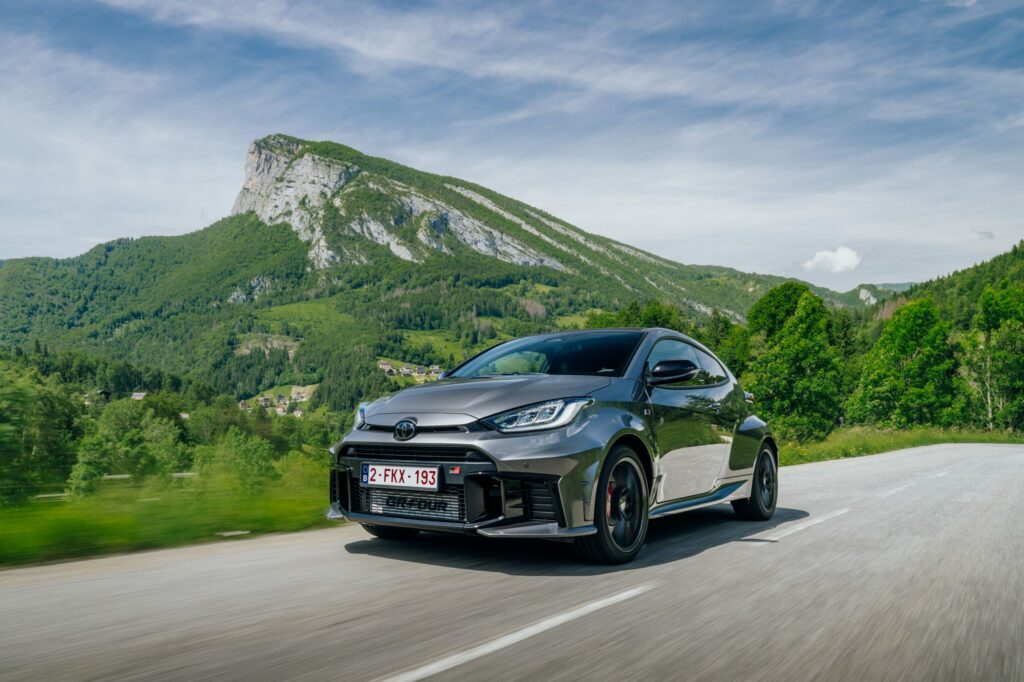
‘I think the Toyota GR Yaris stands out so much from the cars that are available now,’ stated Brigden. ‘Similarly the BMW M2, especially the M2 competition from two or three years ago. Despite being at the more modern end of the modern classic spectrum, it really is hanging on to that last bit of lightweight fun that you just do not really get from carmakers anymore.’
Pop culture driving interest
Since the turn of the 21st century, pop culture has helped shape the way markets and individuals view modern classics. This is nothing new. It has always driven automotive tastes, especially for traditional classics. James Bond and Aston Martin, Inspector Morse and Jaguar, Magnum PI and his Ferrari 308 GTS – fictional heroes and classic cars go hand in hand.
Similarly, over the last 25 years, the rise in video game popularity and its subsequent increasing realism has provided a new lens through which to appreciate classic cars. Racing game franchises such as Gran Turismo and Forza Motorsport have resulted in a translation of desirability from the digitally-based vehicles gamers see, to real-world, machinery.
‘Video games have created that kind of nostalgic aspiration for cars such as the Nissan Skyline and Mitsubishi Lancer EVO,’ commented Redman. ‘Crucially, these cars need to be as close to original as possible. This can be a problem when so many Ford Escort Cosworths, Subaru Imprezas and EVOs were hugely modified. Indeed, some buyers will spend huge amounts undoing these modifications in the quest for originality.’
Future electric modern classics?
While the world of modern classic cars may be one for ICE-powered vehicles, the possibility of battery-electric vehicles (BEVs) as modern classics is worth considering. Could BEV pioneers like the first-generation Nissan Leaf, the Honda E, and even today’s Teslas and Polestars be considered modern classics?
As the BEV market matures and consumer preferences evolve, certain models may emerge as iconic and collectable. The key will be to address the unique challenges associated with EV technology and to foster a culture of preservation and appreciation.
The pace of technological evolution could make older models less desirable as newer, more advanced options become available. Similarly, battery life is a critical factor for BEVs. If battery technology improves significantly, the performance and range of older BEVs will diminish comparatively, affecting their appeal.
‘It is difficult to identify any current or recent BEVs that are likely to become sought-after classics in the future,’ offered Redman. ‘The nearest to achieving that may be the Tesla Roadster and possibly the early fuel-cell cars like the Honda Clarity and Toyota Mirai.
‘Future collectors may spend fortunes seeking out and restoring the earliest Nissan Leafs in the same way that some today spend a lot of money and time restoring a Rover Metro or Morris Marina, but I am yet to be convinced,’ he concluded.
